Bobby Abate
Brandi Twilley
Chang Sujung
Conrad Bakker
David Bordett
Dena Yago
Gustavo Barroso
Jake Brush
Jacob Jackmauh
Jen Mazza
Kate Millett
Mathew Cerletty
Noel W. Anderson
Pooneh Maghazehe
Robert Buck
Sam Stewart
Sarah Burns
Tommy Coleman
Tamara Johnson





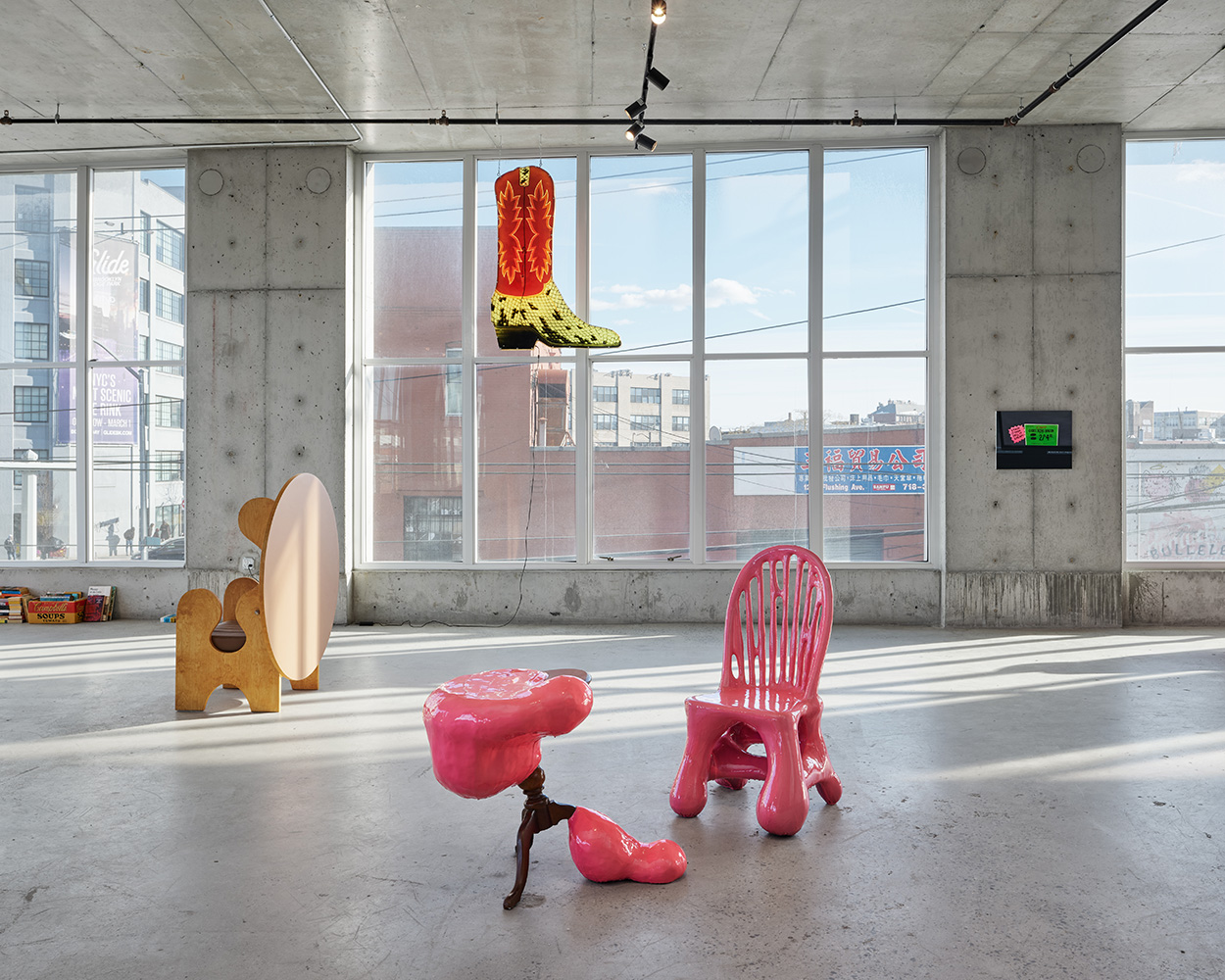
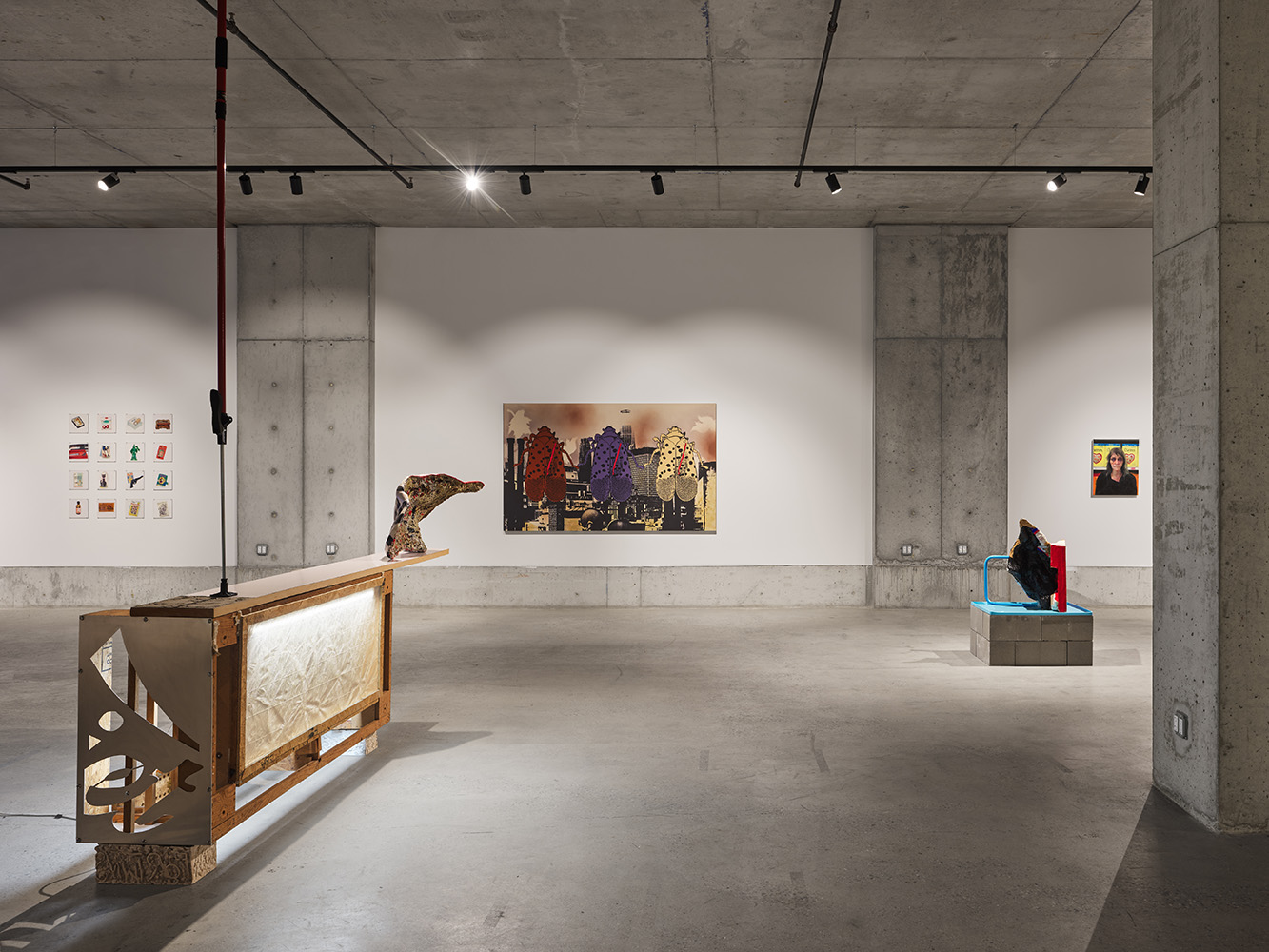

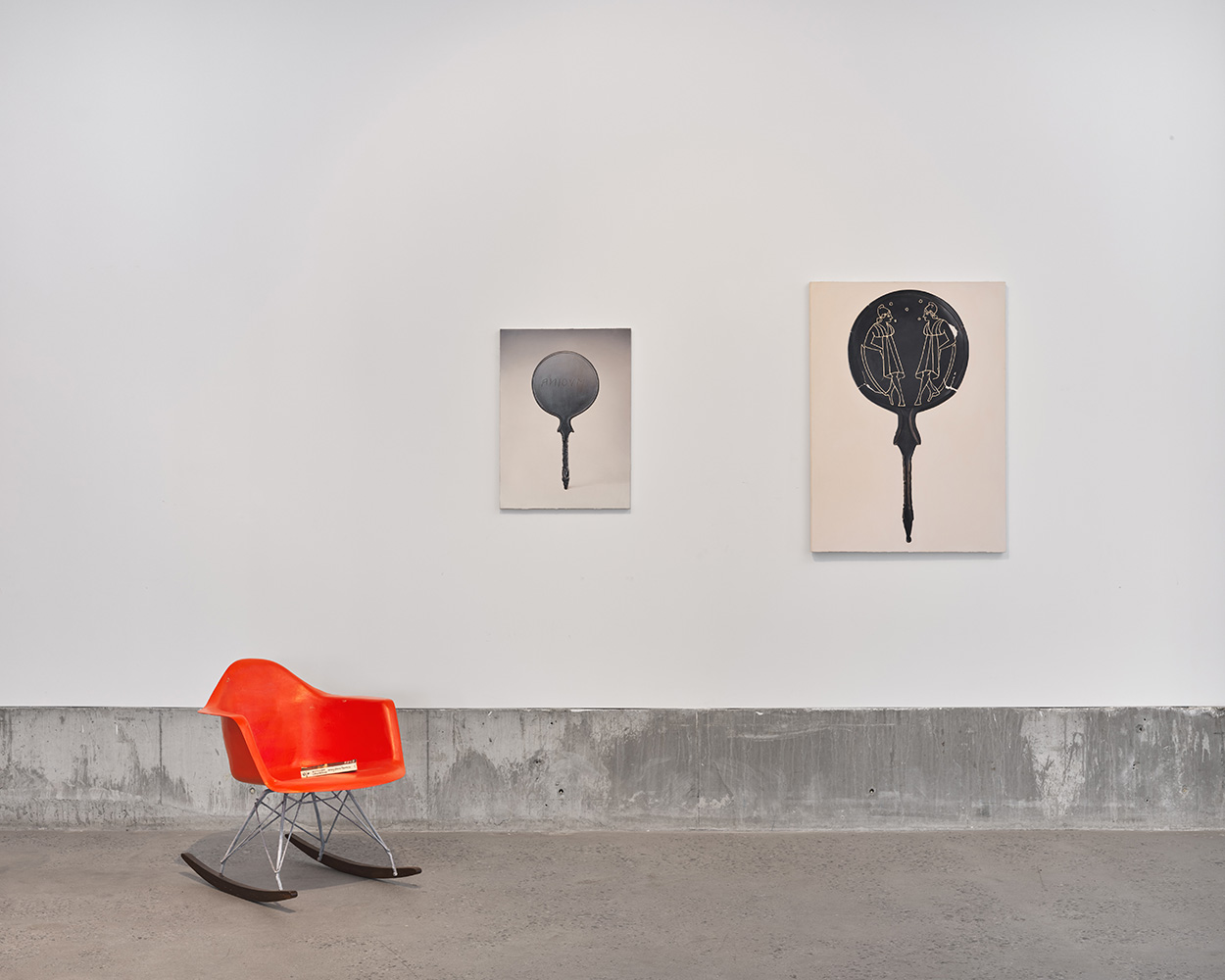

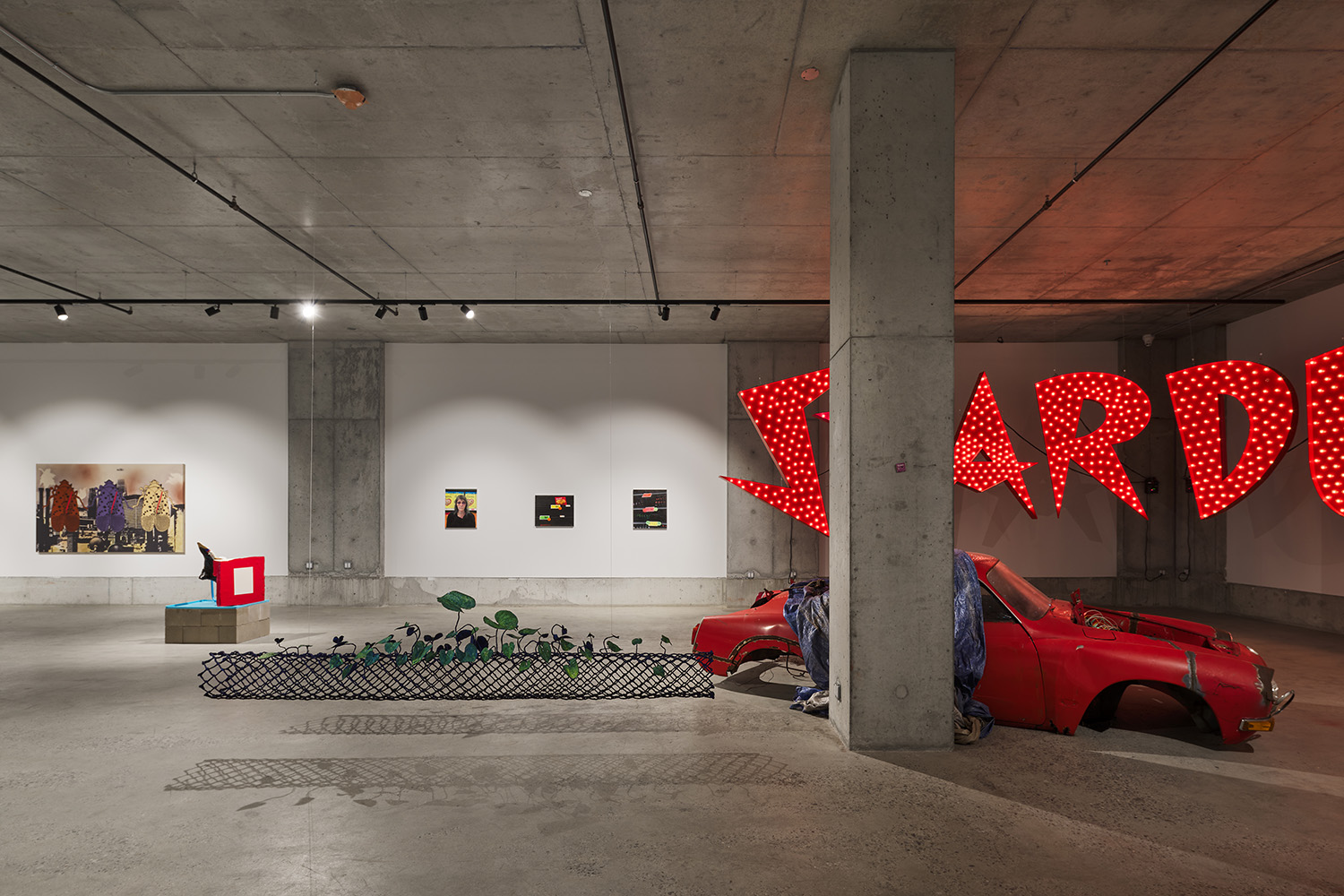




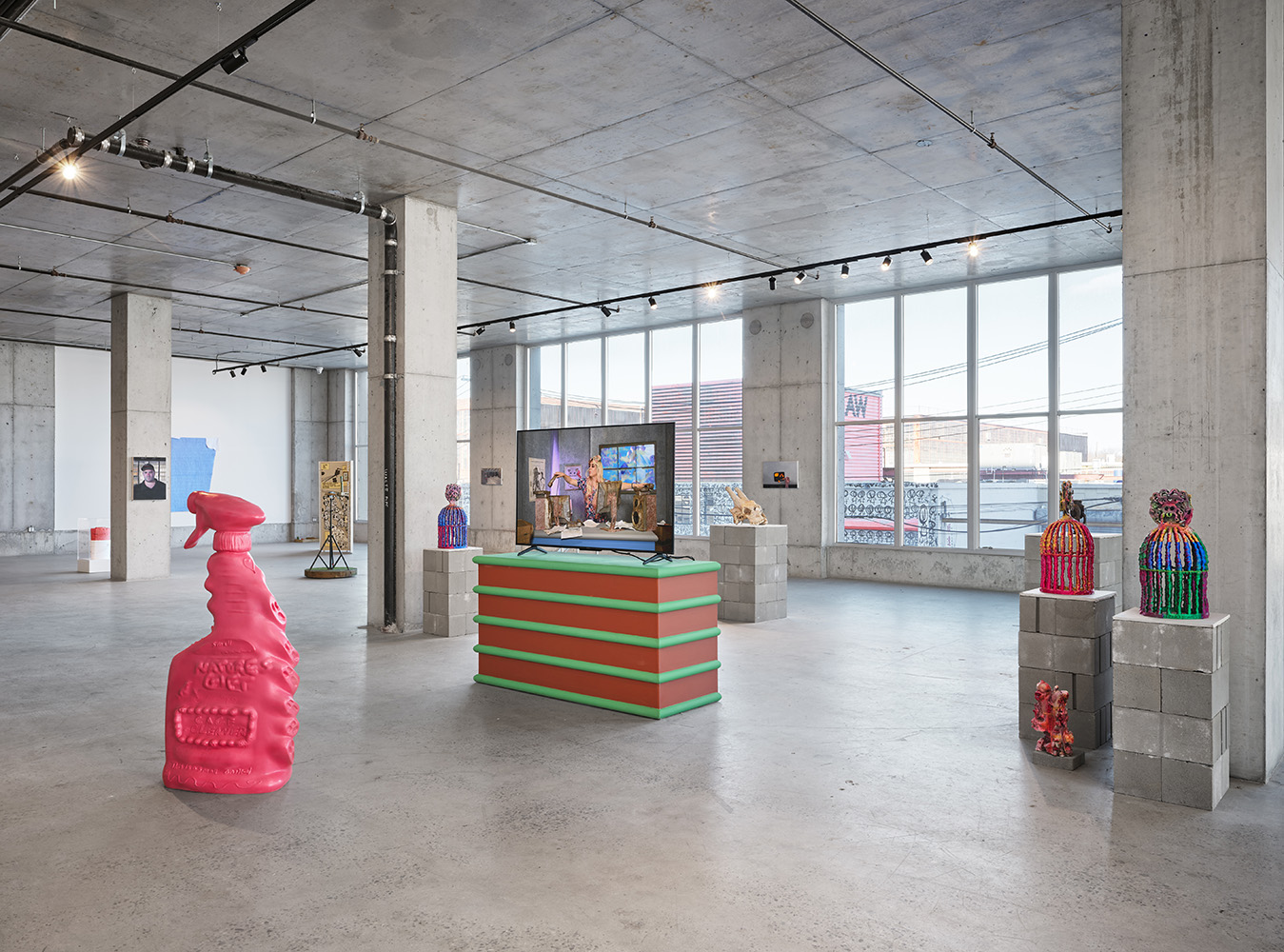
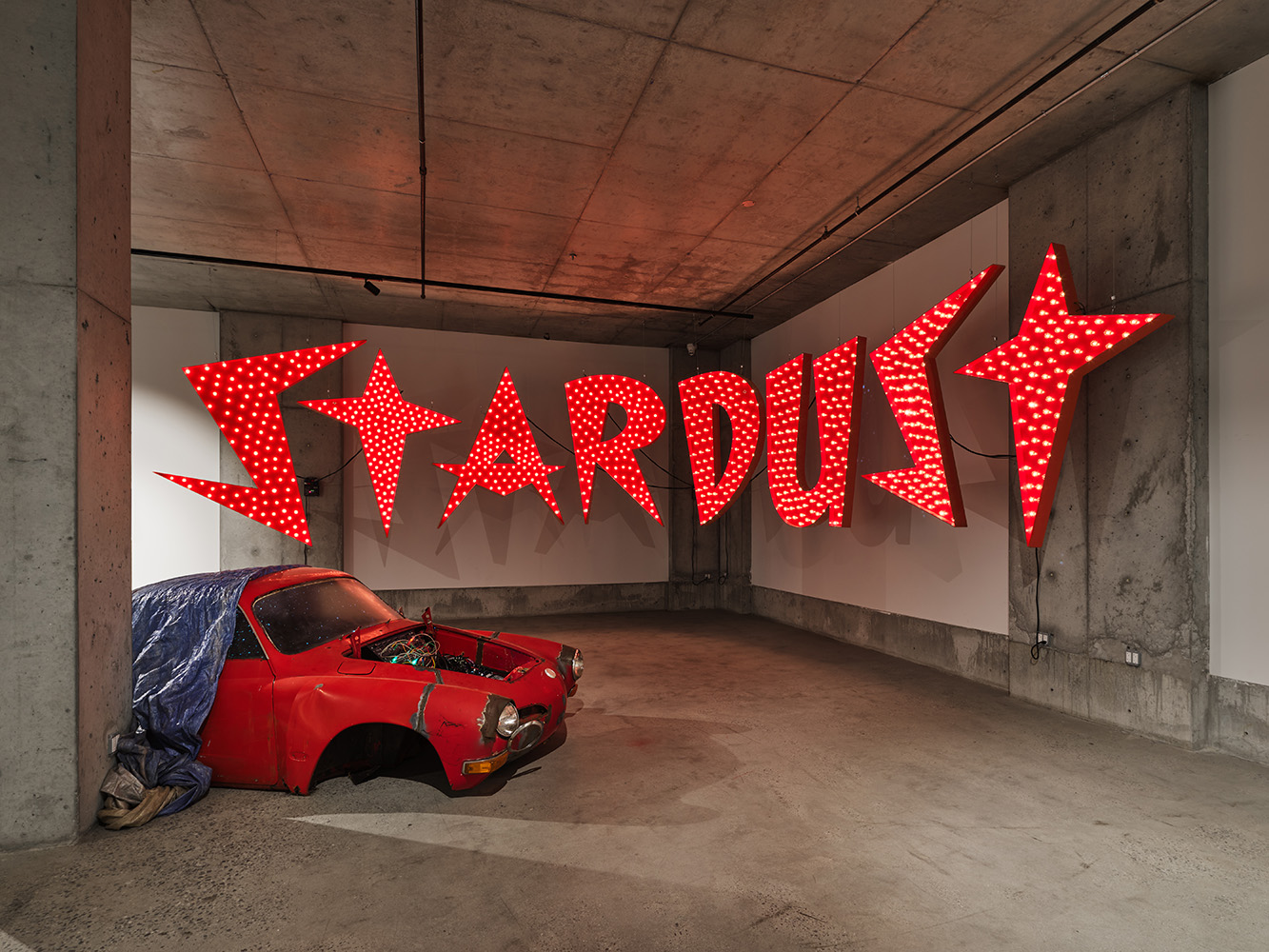
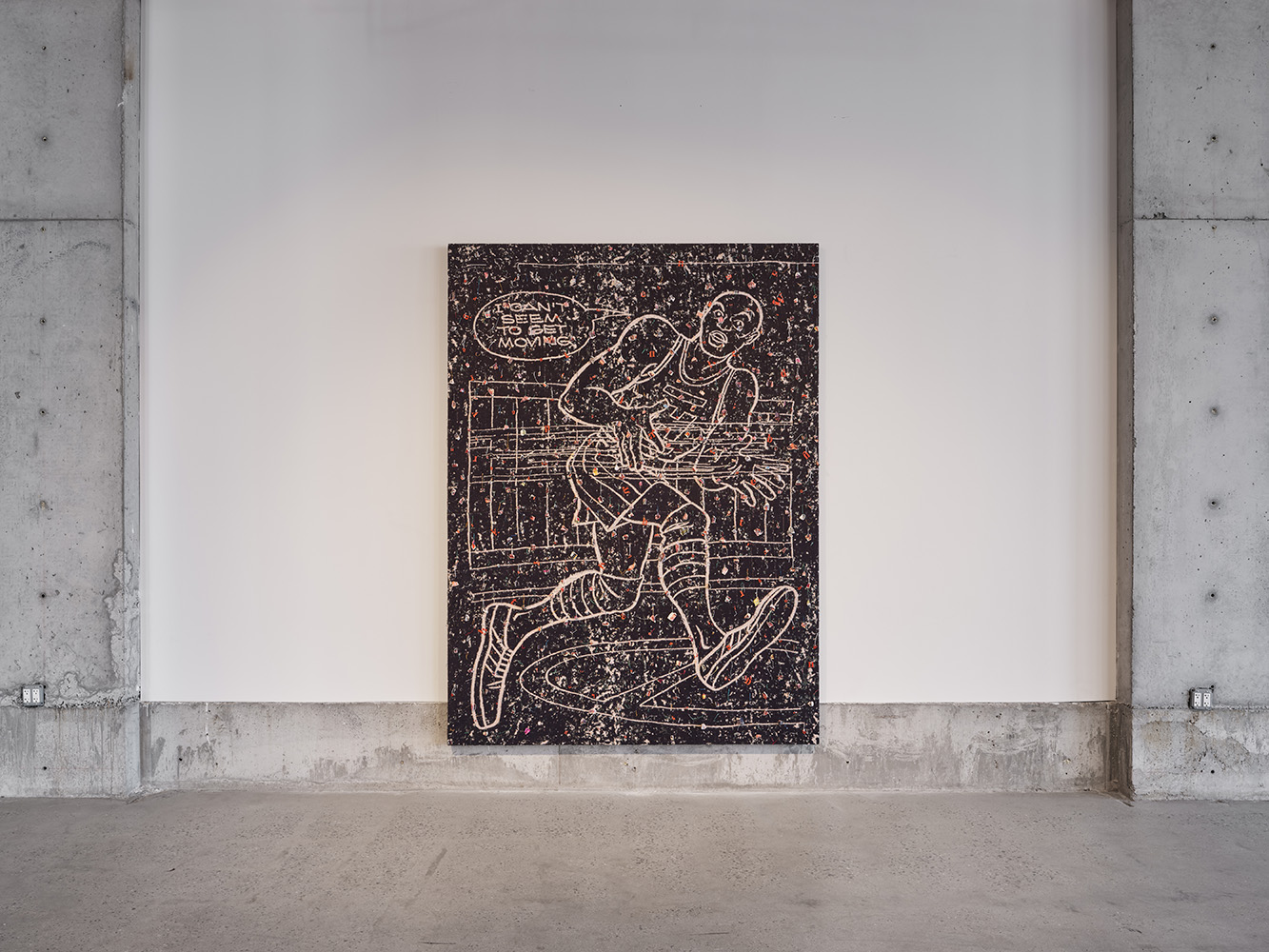
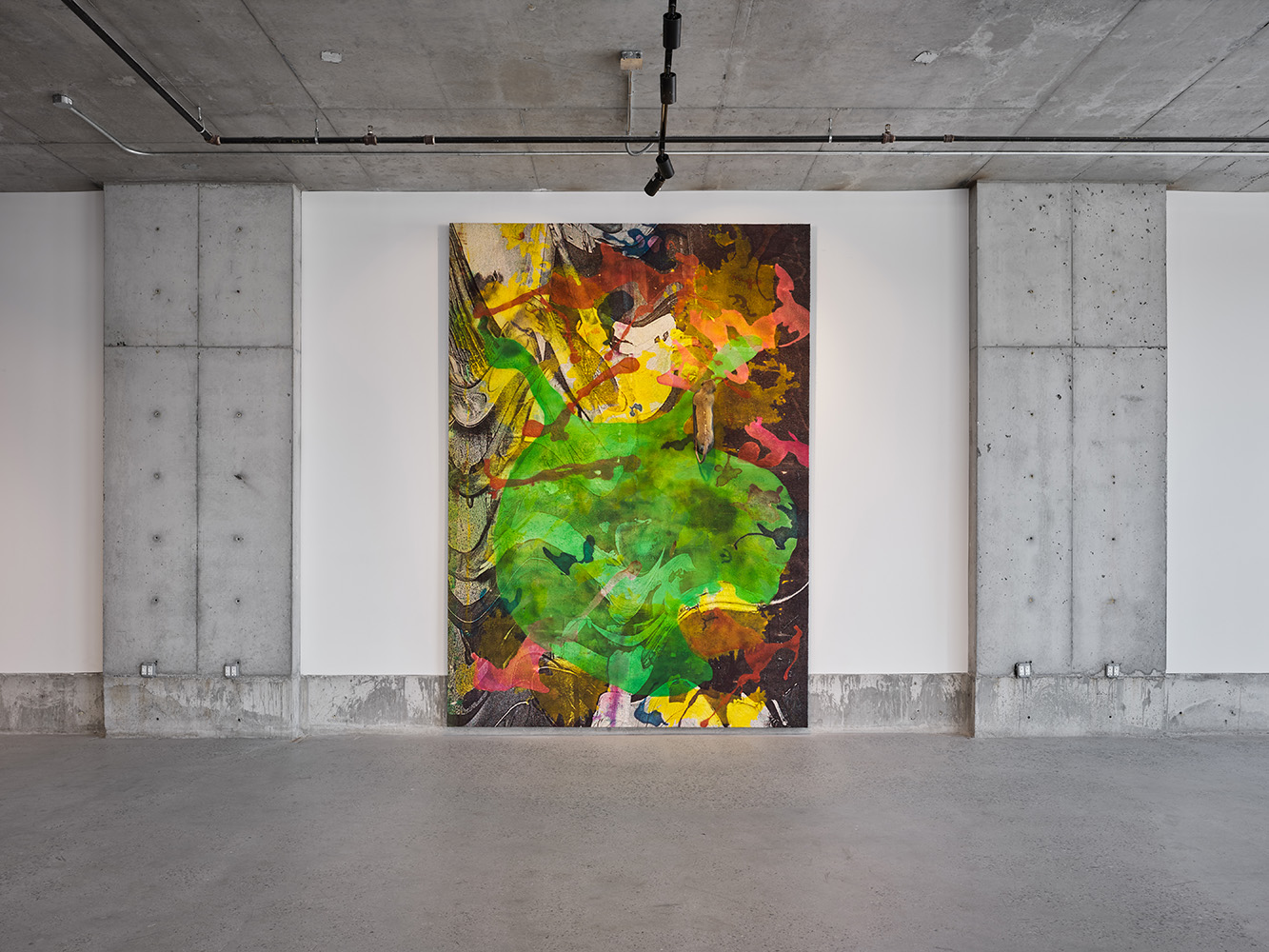
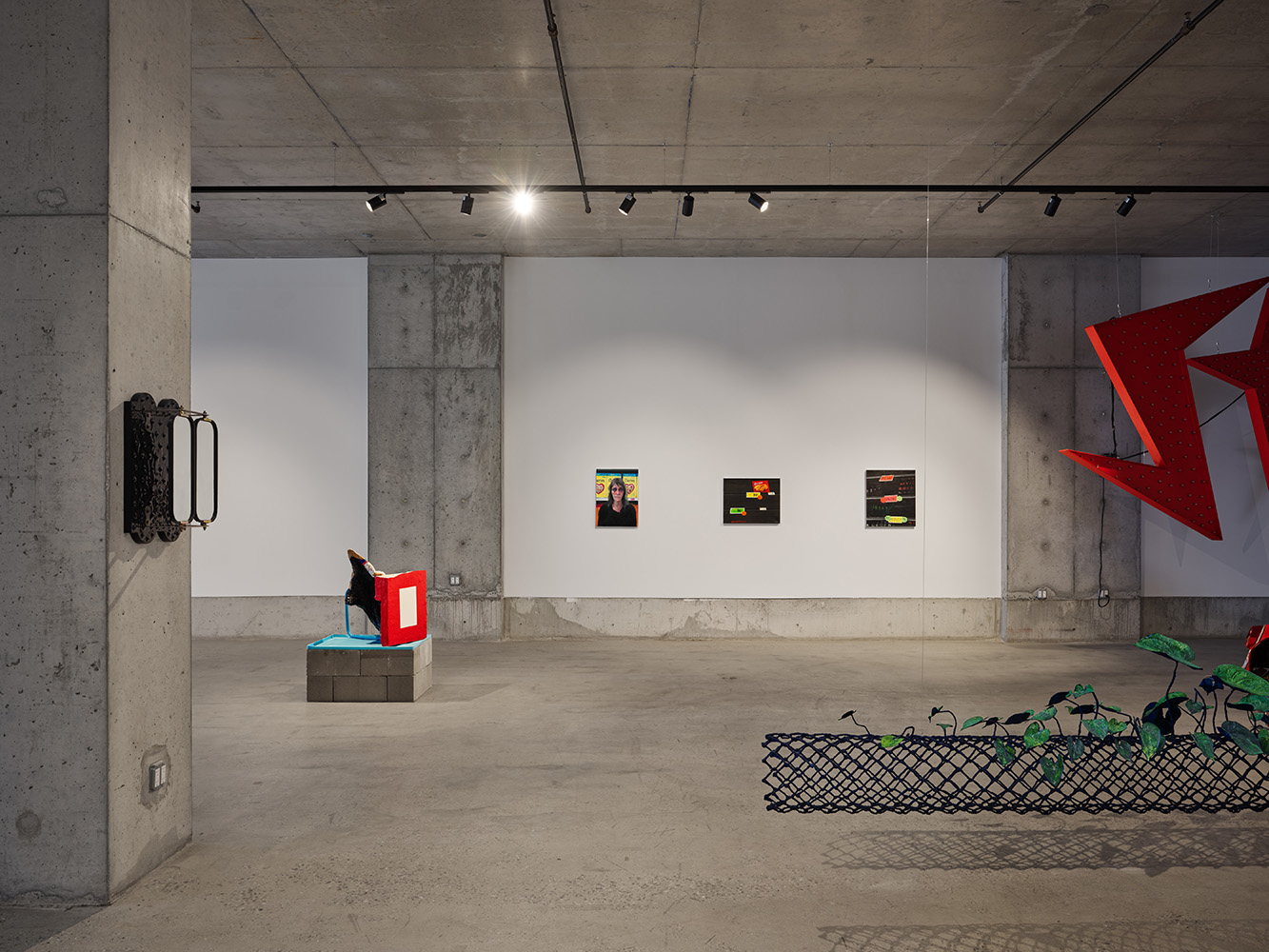
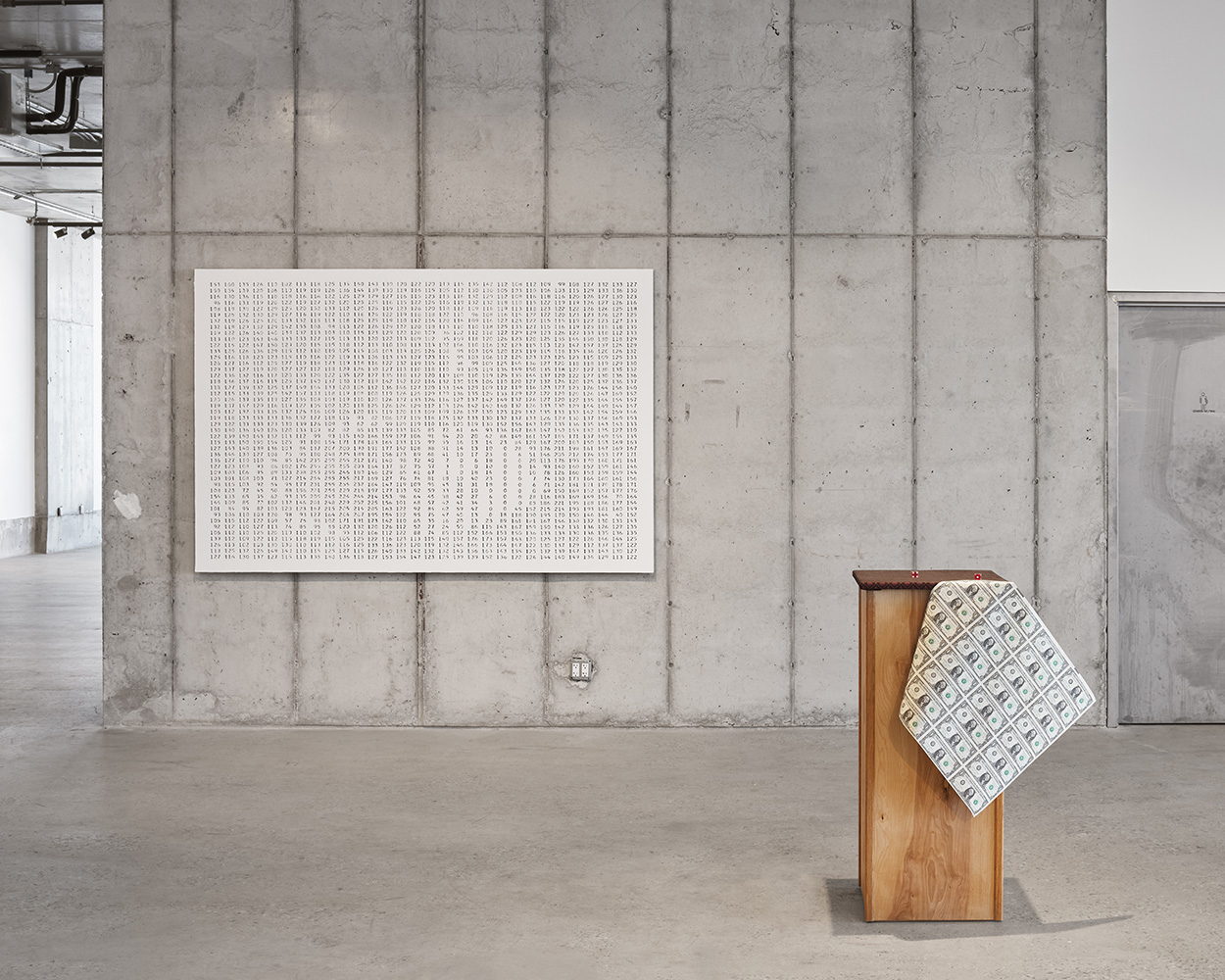
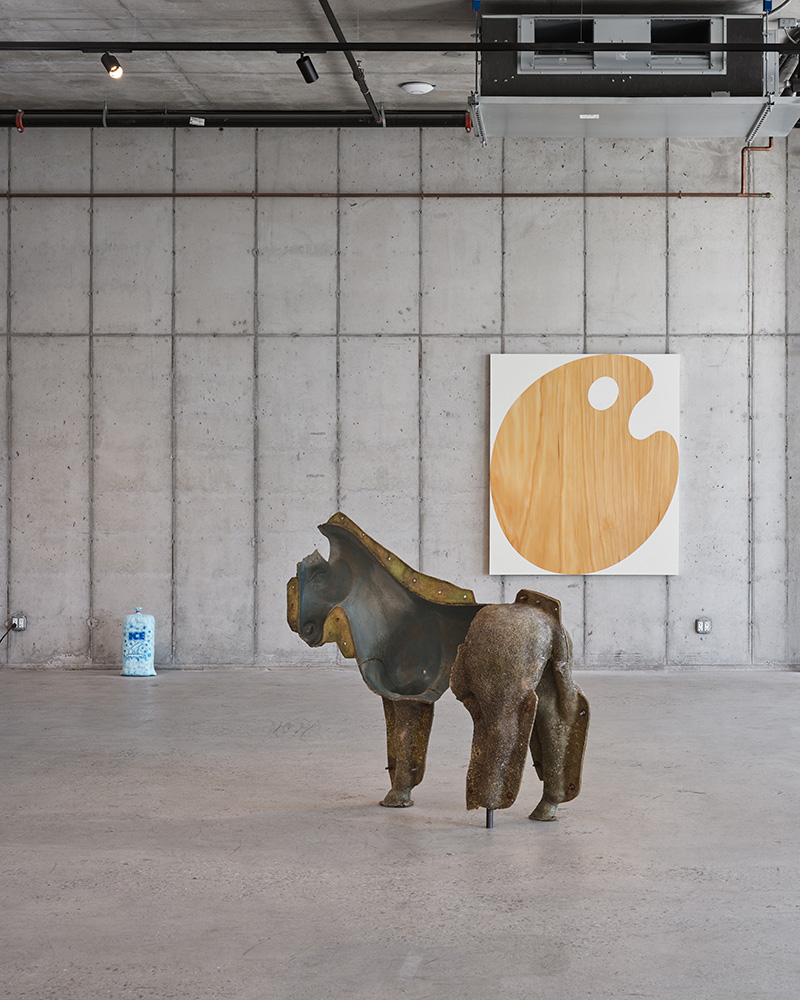



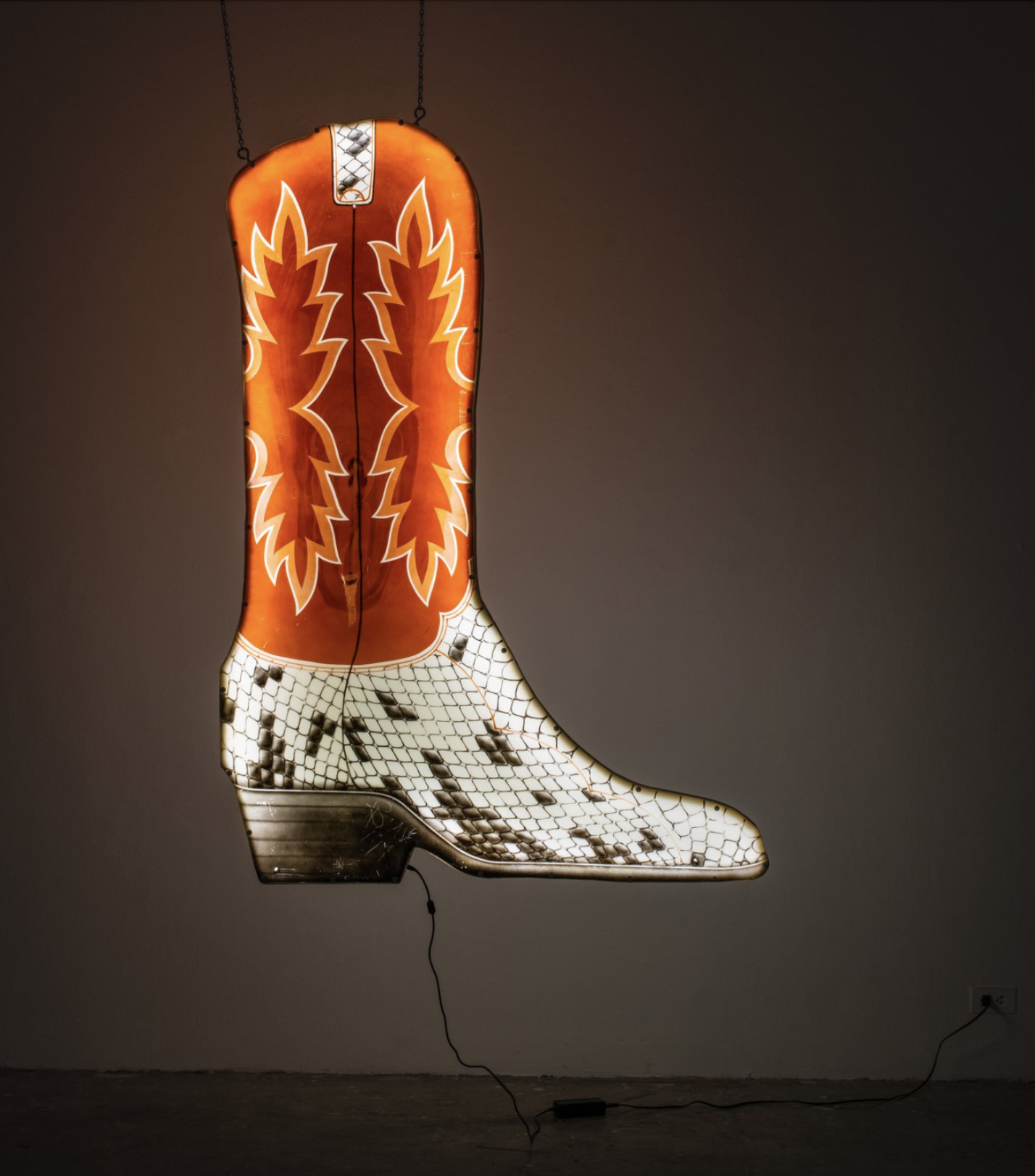

“Image is nothing. Thirst is everything. Obey your thirst.”
Sprite commercial, 1994¹
“A commodity appears, at first sight, a very trivial thing, and easily understood. Its analysis shows that it is, in reality, a very queer thing abounding in metaphysical subtleties and theological niceties… So soon as it steps forth as a commodity, it is changed into something transcendent.”
Karl Marx, 1867 ²
International Objects presents Extra Taste, an exhibition of objects that mine the iconographies and mythologies embedded in everyday
consumer culture.
America is defined by its merchandise: products that dominate American life form a national image with global influence. America’s obsession with commodities emerged in the mid-eighteenth century; with itinerant peddlers and the popularization of lithography came the distribution of collectible trade cards and widespread branding.³ Clothing, cosmetics, foods, and pharmaceuticals were depicted in vibrant colors and were adorned with florals, rosy-cheeked children, and art-historical pastiche. New modes of representation and distribution continue to evolve with new technologies. Advancements in media like radio, television, and the computer give rise to new appearances and mythologies. America, embodied by its products, recedes into their representations.
Objects in the marketplace have an imperative to signify themselves. Their visual signification indicates use and exchange. Additionally, the object expresses the ideals that brought it into existence. Objects are imaged as idols—these image-objects are superimposed with narrative to stimulate trust and belief as well as pleasure and desire. We are meant to believe in the products that surround us, not only as objects, but as propositions and talismans. In this way, everyday products contribute to the ideological framework of society.
The iconographies which exercise control over the commercial landscape are also raw material used by many artists and designers to create their work. In the field of symbolic objects, a dynamic production is established that transcends the limits of consumerism. Artists and designers glean the existing landscape to produce new forms. The works in Extra Taste utilize the mechanisms that synthesize everyday products with mythological imagery to create distortion and disrupt the seamless meaning-making of commerce and power. There is both joy and anxiety in the liberation of objects from their original meanings. As products have evolved to profile and surveille their consumers, these artists turn a mirror towards the mediating bodies themselves.
1 The “Obey Your Thirst” Sprite campaign was produced in 1994 by Lowe & Partners, CCO Lee Garfinkel. This ad was cited in W. J. T. Mitchell, What Do Pictures Want?: The Lives and Loves of Images. Chicago: University of Chicago Press, 2010.
2 Marx, Karl, “The Fetishism of Commodities and the Secret Thereof,” Capital, vol. 1. London: J. M. Dent & Sons, 1930.
3 Woloson, Wendy A. Crap: A History of Cheap Stuff in America. Chicago: University of Chicago Press, 2022.
International Objects
53 Scott Ave, Brooklyn, NY
info@objects.international
+1 424-OBJECTS
Subscribe to our email list: